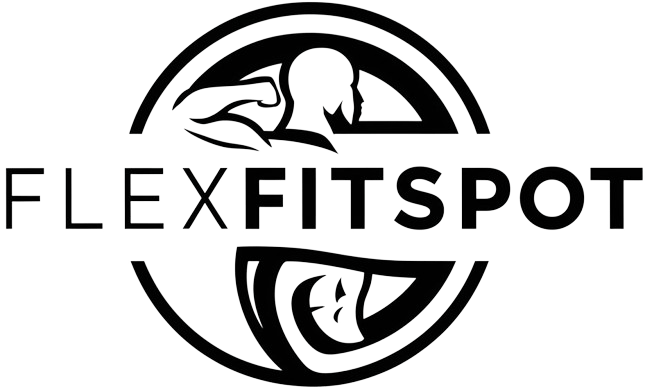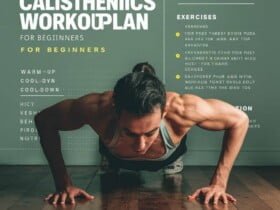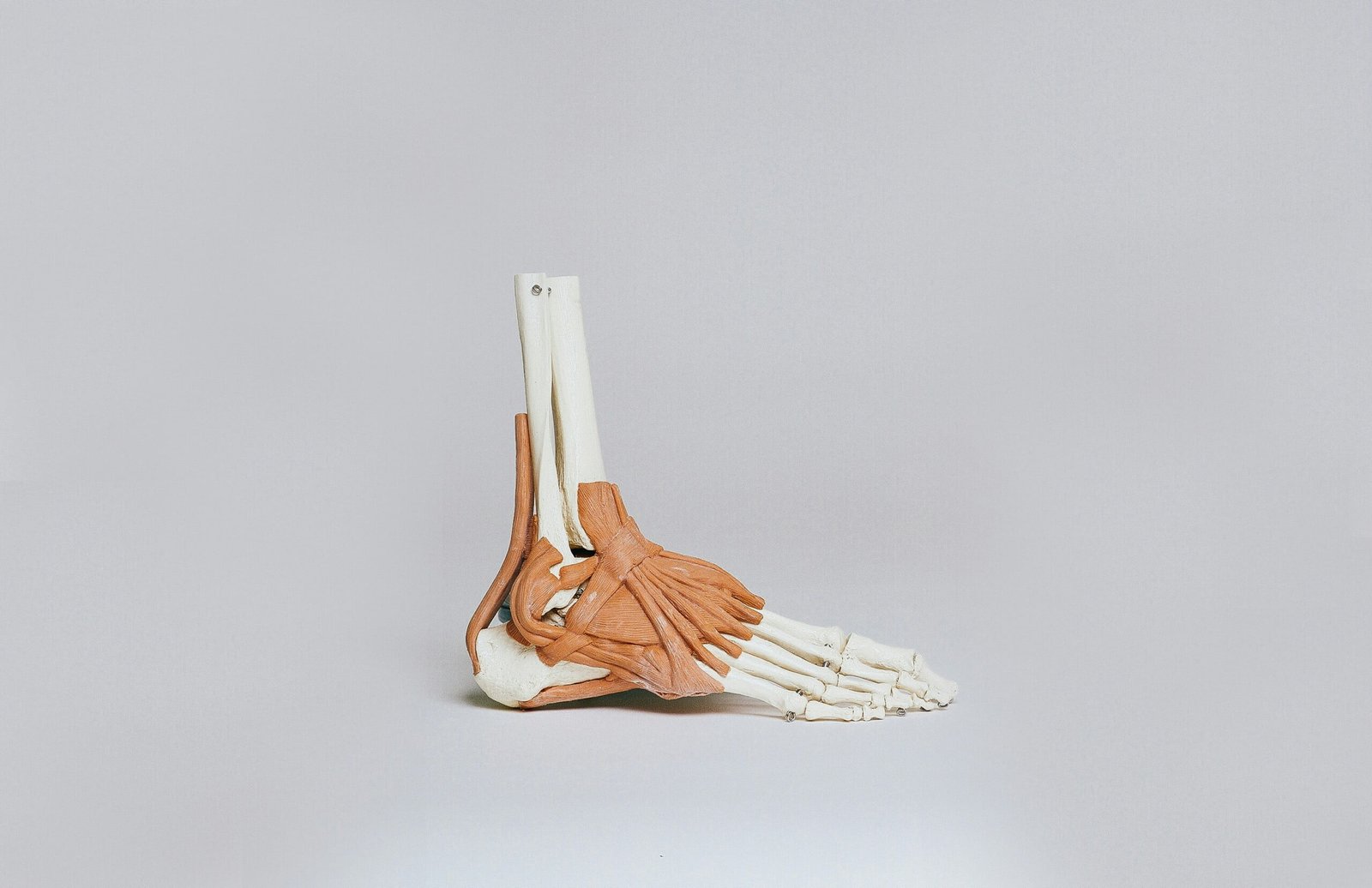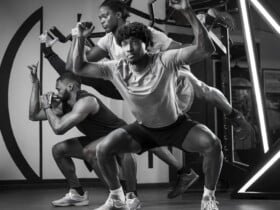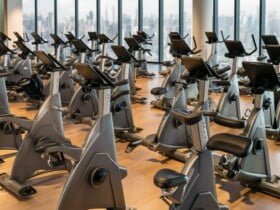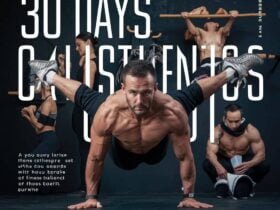Introduction to Calisthenics Exercises List
Calisthenics, a form of exercise that harnesses body weight for resistance, is renowned for its simplicity and effectiveness. Originating from the ancient Greek words “kallos” meaning beauty and “sthenos” meaning strength, calisthenics has a rich history that dates back to the early days of physical culture. It was practiced by ancient warriors and athletes to build functional strength, agility, and endurance.
In contemporary fitness, calisthenics has gained significant popularity due to its accessibility and versatility. Unlike conventional weight training, which often requires expensive equipment and gym memberships, calisthenics can be performed virtually anywhere, with minimal or no equipment. This makes it an ideal exercise regimen for individuals of all fitness levels, from beginners to advanced athletes.
One of the key benefits of calisthenics is its ability to improve overall body strength and coordination. Through a variety of movements, such as push-ups, pull-ups, and squats, calisthenics engages multiple muscle groups simultaneously. This not only enhances muscular endurance but also promotes cardiovascular health. Additionally, calisthenics exercises can be easily modified to increase or decrease difficulty, allowing for progressive training and continuous improvement.
Moreover, calisthenics fosters a strong mind-body connection. The emphasis on controlled, deliberate movements encourages practitioners to develop a keen awareness of their body mechanics, posture, and balance. This mindfulness can translate to better performance in other physical activities and contribute to injury prevention.
In summary, calisthenics represents a holistic approach to fitness that is both practical and effective. Its reliance on body weight for resistance makes it an inclusive form of exercise, accessible to anyone regardless of their access to gym facilities or equipment. By incorporating calisthenics into your fitness routine, you can achieve a well-rounded, strong, and agile physique.
Benefits of Calisthenics for Total Fitness
Incorporating calisthenics into a fitness routine offers numerous benefits, making it an effective method for achieving total fitness. One of the primary advantages is the significant improvement in strength. Unlike traditional weight training, calisthenics utilizes body weight to enhance muscle strength, promoting functional fitness that aligns with everyday movements. By engaging multiple muscle groups simultaneously, exercises such as push-ups, pull-ups, and squats build comprehensive muscle strength.
Flexibility is another critical benefit of calisthenics. Movements in calisthenics require a full range of motion, which helps to improve joint flexibility and muscle elasticity. This increased flexibility not only enhances physical performance but also reduces the risk of injuries. Exercises like lunges and planks stretch and strengthen muscles, promoting better posture and alignment.
Endurance is equally enhanced through calisthenics. High-repetition exercises elevate the heart rate and improve cardiovascular health, leading to increased stamina. As a result, individuals can perform daily activities with greater ease and reduced fatigue. Calisthenics routines often include dynamic movements that boost both muscular and cardiovascular endurance.
Balance and coordination are also significantly improved with calisthenics. Many exercises require stability and control, which helps to develop a strong core and better body awareness. Activities such as single-leg squats and handstands challenge the body’s balance, fostering a more stable and coordinated physique.
Beyond the physical benefits, calisthenics also contributes to mental health. Regular physical activity releases endorphins, reducing stress and anxiety. The sense of accomplishment from mastering challenging exercises boosts self-esteem and mental resilience. Furthermore, calisthenics can be performed anywhere, reducing the barriers to maintaining a consistent fitness routine.
Overall, calisthenics offers a full-body workout that improves strength, flexibility, endurance, balance, and coordination. Its adaptability and comprehensive benefits make it an effective approach to achieving total fitness, enhancing both physical and mental well-being.
Warm-Up and Stretching: Preparing Your Body
Warming up and stretching are crucial preparatory steps before engaging in any calisthenics exercises. Properly preparing your body can significantly enhance your performance and reduce the risk of injury. A well-structured warm-up increases blood flow to the muscles, elevates body temperature, and improves overall flexibility and mobility. These benefits collectively prepare your muscles and joints for the demands of calisthenics routines.
Start your warm-up with five to ten minutes of light aerobic activity such as jogging, jumping jacks, or a brisk walk. This initial phase helps to gradually elevate your heart rate and get your blood pumping. Following this, incorporate dynamic stretches to further prepare your muscles and joints. Dynamic stretching involves controlled, smooth movements that take your muscles and joints through their full range of motion.
A recommended dynamic stretching routine for calisthenics might include exercises such as leg swings, arm circles, and torso twists. These movements should be performed in a controlled manner, progressively increasing the range and intensity. For instance, leg swings can be executed by standing on one leg and swinging the other leg forward and backward, gradually extending the height of the swing with each repetition.
Additionally, mobility exercises are essential to ensure your joints are adequately prepared for the varied movements in calisthenics. Incorporate movements like hip circles, shoulder rolls, and ankle rotations. These exercises help to lubricate the joints and improve their range of motion, making them more resilient to the stresses of calisthenics workouts.
Overall, a comprehensive warm-up routine that includes both dynamic stretching and mobility exercises is vital for anyone engaging in calisthenics. This preparatory phase not only enhances your performance but also plays a critical role in injury prevention, allowing you to achieve your fitness goals safely and effectively.
Upper Body Calisthenics Exercises
Calisthenics exercises are a fantastic way to build upper body strength using minimal equipment. Key exercises for targeting the upper body include push-ups, pull-ups, dips, and handstands. Each exercise can be modified to suit various fitness levels, ensuring that both beginners and advanced practitioners can benefit.
Push-Ups
Push-ups are a classic exercise that targets the chest, shoulders, and triceps. To perform a standard push-up, start in a plank position with your hands placed slightly wider than shoulder-width apart. Lower your body until your chest nearly touches the floor, keeping your elbows at a 45-degree angle. Push back up to the starting position. Common mistakes include flaring the elbows too wide and letting the hips sag. For beginners, knee push-ups are a great variation. Advanced practitioners can try decline push-ups or one-arm push-ups for added challenge.
Pull-Ups
Pull-ups are excellent for developing back and bicep strength. Begin by hanging from a pull-up bar with an overhand grip, hands shoulder-width apart. Pull your body up until your chin is above the bar, then lower yourself back down with control. Key points to remember include engaging the core and avoiding swinging. If a full pull-up is too challenging, assisted pull-ups with resistance bands or negative pull-ups, where you focus on the lowering phase, are good alternatives. For a more advanced variation, try weighted pull-ups or muscle-ups.
Dips
Dips primarily target the triceps, shoulders, and chest. Using parallel bars, support your body with straight arms and your legs extended below you. Lower your body by bending your elbows until your shoulders are below your elbows, then push back up to the starting position. It’s crucial to maintain a straight torso and avoid shrugging your shoulders. Beginners can start with bench dips, while advanced users can perform ring dips or add weights for increased difficulty.
Handstands
Handstands are an impressive calisthenics exercise that builds shoulder and core strength. To practice, start by kicking up against a wall to get comfortable with being upside down. Focus on keeping your body tight and straight, with your hands shoulder-width apart and fingers spread for stability. Common mistakes include arching the back and not engaging the core. As you progress, you can work on freestanding handstands and handstand push-ups to further develop your strength and balance.
Incorporating these upper body calisthenics exercises into your fitness routine will help build muscle, improve endurance, and enhance overall body control. Remember to focus on proper form and gradually increase the intensity to avoid injury and maximize benefits.
Lower Body Calisthenics Exercises
Lower body calisthenics exercises are fundamental for building strength, stability, and mobility without the need for gym equipment. These exercises focus on major muscle groups such as the quadriceps, hamstrings, glutes, and calves. Below are some essential lower body calisthenics exercises, along with variations and tips for proper execution.
Squats
Squats are a cornerstone of lower body training. To perform a squat, stand with your feet shoulder-width apart, toes slightly turned out. Lower your body by bending your knees and hips, keeping your chest up and back straight. Descend until your thighs are parallel to the ground, then return to the starting position by pushing through your heels. For added difficulty, try jump squats or single-leg squats.
Lunges
Lunges target the quadriceps, hamstrings, and glutes. Begin by standing upright with feet together. Step forward with one leg, lowering your hips until both knees are bent at 90-degree angles. Ensure your front knee does not extend past your toes. Push off the front foot to return to the starting position. For variation, incorporate walking lunges, reverse lunges, or jumping lunges to increase the intensity.
Calf Raises
Calf raises are excellent for building strength in the calves. Stand with your feet hip-width apart, and slowly raise your heels off the ground, balancing on the balls of your feet. Hold the position briefly before lowering your heels back down. To increase difficulty, perform single-leg calf raises or add a step for an increased range of motion.
Pistol Squats
Pistol squats are an advanced lower body exercise that requires strength, balance, and flexibility. Stand on one leg, extending the other leg straight in front of you. Lower your body into a squat position while keeping the elevated leg off the ground. Aim to reach full depth, then push through the heel of the standing leg to return to the starting position. Beginners can use a support, like a chair or wall, to assist with balance.
Incorporating these lower body calisthenics exercises into your routine will enhance overall fitness by improving muscle strength, endurance, and coordination. Remember to maintain proper form to prevent injury and maximize the effectiveness of your workouts.
Core and Abdominal Calisthenics Exercises
Developing a strong and stable core is essential for overall fitness and athletic performance. Calisthenics offers a variety of exercises that effectively target the core and abdominal muscles, ensuring comprehensive strength development. Below are some key exercises with step-by-step guidance to perform them correctly.
Planks
Planks are fundamental for core stability. To execute a plank, start in a push-up position, ensuring your body forms a straight line from head to heels. Engage your core by pulling your belly button towards your spine and hold this position for as long as possible, making sure not to let your hips sag or rise.
Leg Raises
Leg raises primarily target the lower abs. Lie flat on your back with your legs extended. Place your hands flat on the floor beside you or under your glutes for support. Slowly lift your legs towards the ceiling, keeping them straight, until they form a 90-degree angle with your torso. Lower them back down without touching the floor, maintaining tension in your abs throughout the movement.
Mountain Climbers
Mountain climbers offer both a core workout and cardiovascular benefits. Begin in a plank position with your hands directly under your shoulders. Drive one knee towards your chest, then quickly switch legs, as if you are running in place. Keep your core engaged and maintain a steady, controlled pace.
Hollow Body Holds
The hollow body hold is excellent for core strength and endurance. Lie on your back with your arms extended overhead and legs straight. Lift your arms, head, shoulders, and legs off the ground, creating a slight curve in your body. Your lower back should remain in contact with the floor. Hold this position while keeping your core engaged and maintaining a steady breath.
Incorporating these calisthenics exercises into your routine will contribute significantly to a strong and stable core, enhancing your overall fitness and functional strength.
Full-Body Calisthenics Workouts
Integrating individual calisthenics exercises into comprehensive full-body workouts is essential for balanced muscle development and overall fitness improvement. A well-structured routine can cater to various fitness levels, ensuring that beginners, intermediates, and advanced practitioners can all benefit from calisthenics.
Beginner Routine:
For those new to calisthenics, it’s crucial to start with basic exercises that build foundational strength and technique. A beginner full-body workout might include:
- 10 Push-Ups
- 15 Squats
- 20-Second Plank
- 10 Lunges (each leg)
- 5 Pull-Ups or Assisted Pull-Ups
Perform each exercise in a circuit, resting for 1-2 minutes between rounds. Aim to complete 2-3 rounds. This routine targets all major muscle groups, promoting balanced development and laying the groundwork for more advanced movements.
Intermediate Routine:
As strength and endurance improve, intermediate practitioners can incorporate more challenging exercises and increase volume. An intermediate workout might consist of:
- 15 Diamond Push-Ups
- 20 Bulgarian Split Squats (each leg)
- 30-Second Plank with Shoulder Taps
- 15 Pistol Squats (each leg, assisted if necessary)
- 10 Dips
Complete each exercise in a circuit format, resting for 1 minute between rounds. Perform 3-4 rounds to enhance muscle endurance and strength.
Advanced Routine:
Advanced practitioners can handle more intense workouts that include complex movements and higher volume. An advanced full-body workout might include:
- 20 Plyometric Push-Ups
- 25 Jump Squats
- 1-Minute Plank with Leg Raises
- 20 Single-Leg Box Jumps (each leg)
- 15 Muscle-Ups
Execute each exercise in a circuit, with minimal rest between exercises and 1-minute rest between rounds. Aim for 4-5 rounds. This challenging routine promotes maximal strength, power, and endurance.
Structuring a balanced workout means ensuring each session includes pushing, pulling, core, and leg exercises. This approach promotes uniform muscle development and reduces the risk of imbalances and injuries. Adjust volume and intensity based on individual fitness levels and goals for optimal progress.
Tips for Progression and Avoiding Plateaus
Progression in calisthenics is a critical aspect of achieving total fitness. To continually improve, it’s essential to gradually increase the intensity and complexity of your workouts. One fundamental method is to incrementally increase repetitions. If you’re currently performing 10 push-ups comfortably, aim to add one or two more reps each week. This gradual increase helps build strength and endurance without overwhelming your muscles.
Adding variations to your routine is another effective strategy. For instance, once standard push-ups become too easy, you can incorporate variations such as diamond push-ups, decline push-ups, or one-arm push-ups. These variations target different muscle groups and introduce new challenges, preventing monotony and encouraging muscle growth. Similarly, variations in pull-ups, squats, and other foundational calisthenics exercises can keep your workouts dynamic and engaging.
Incorporating advanced moves is also crucial for progression. As you become more proficient in basic exercises, transitioning to advanced techniques like muscle-ups, planches, and handstand push-ups can significantly elevate your fitness level. These advanced moves not only enhance strength but also improve balance, coordination, and overall body control.
Encountering plateaus is a common challenge in any fitness journey. To overcome these stagnation points, it’s important to regularly assess and adjust your workout regimen. Introducing periodization, where you cycle through different phases of intensity and volume, can prevent your body from adapting too quickly to the same routine. Additionally, ensuring adequate rest and recovery is vital. Overtraining can lead to fatigue and hinder progress, so incorporating rest days and listening to your body’s signals is essential.
Proper nutrition and hydration also play a significant role in avoiding plateaus. A balanced diet rich in protein, healthy fats, and complex carbohydrates fuels your workouts and aids in muscle recovery. Staying hydrated ensures optimal performance and reduces the risk of injury.
By following these tips for progression and addressing plateaus proactively, you can continually advance in your calisthenics journey and achieve your fitness goals.
